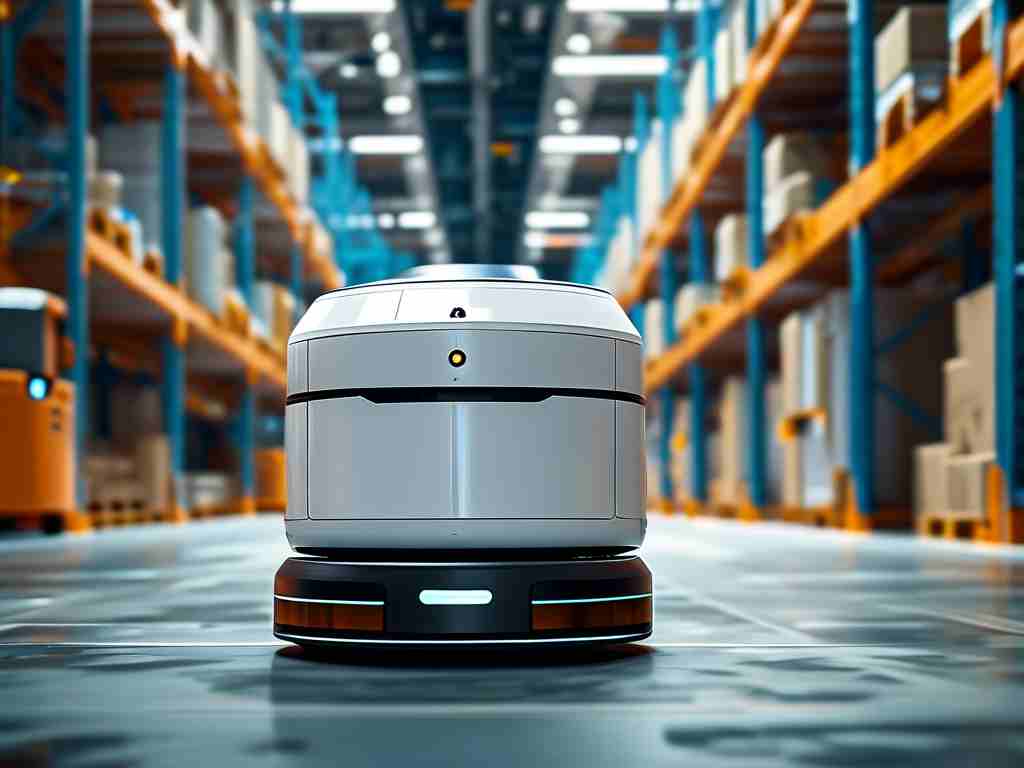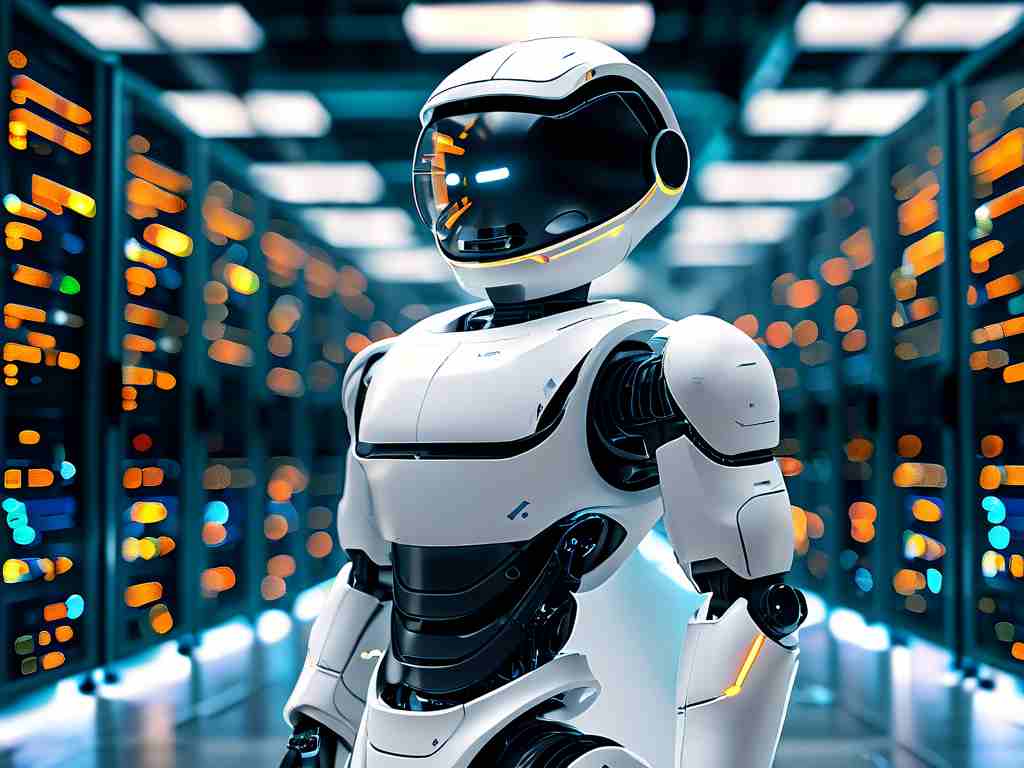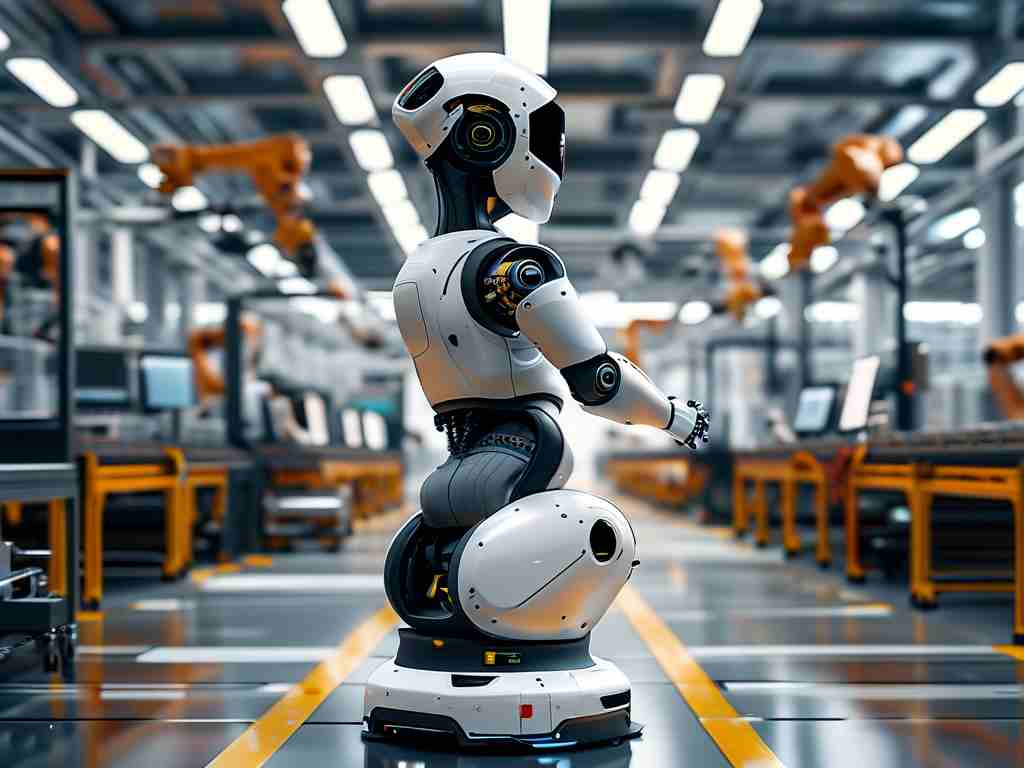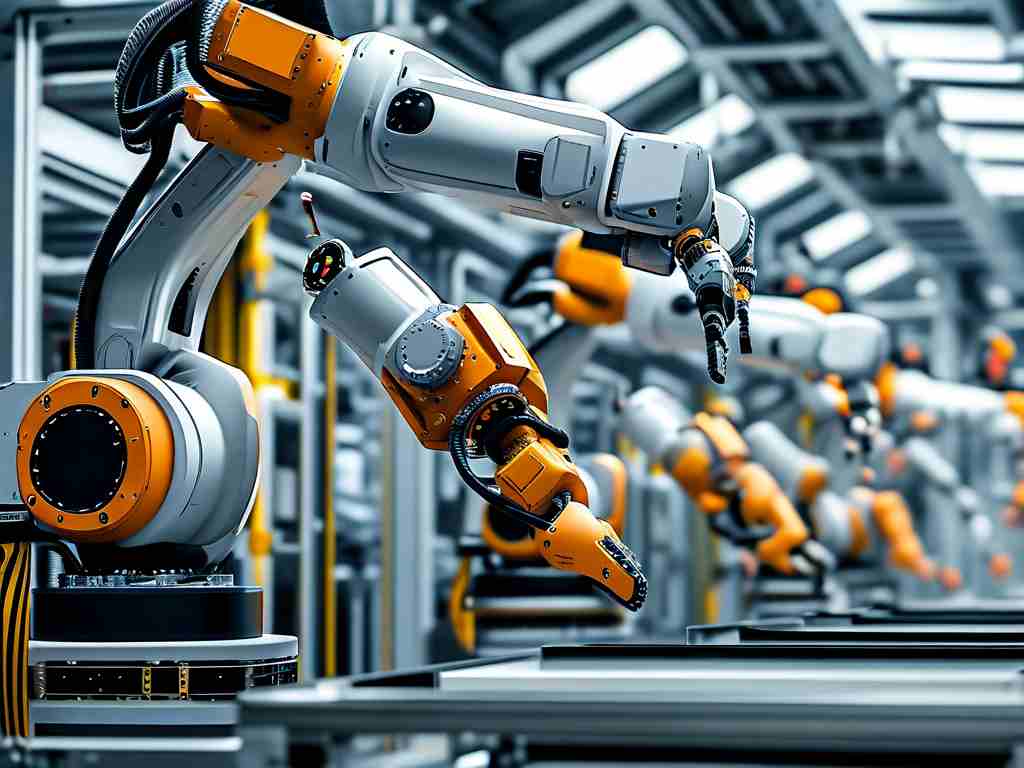In today's rapidly evolving industrial landscape, unmanned handling robot technology stands as a groundbreaking innovation, reshaping how goods are moved and managed across sectors. This advanced system, encompassing automated guided vehicles (AGVs) and autonomous mobile robots (AMRs), eliminates human intervention to boost efficiency, safety, and cost-effectiveness. At its core, these robots leverage sophisticated sensors like LiDAR and cameras, combined with real-time algorithms, to navigate complex environments seamlessly. For instance, in warehouse settings, they autonomously transport pallets or components, reducing errors and accelerating throughput. The integration of such technology not only addresses labor shortages but also minimizes workplace accidents, making operations more sustainable and resilient.

The foundation of unmanned handling robots lies in their intelligent navigation systems. Using simultaneous localization and mapping (SLAM) techniques, these robots create dynamic maps of their surroundings, adjusting paths on-the-fly to avoid obstacles. This capability is enhanced by machine learning algorithms that learn from historical data to optimize routes over time. Consider a simple Python code snippet demonstrating basic obstacle avoidance—this illustrates how sensors feed data into decision-making processes:
def obstacle_avoidance(sensor_input): if sensor_input['proximity'] < 0.3: return "Adjust course left" else: return "Proceed forward" Such code underpins real-world applications, enabling robots to handle unexpected changes without human oversight, thus ensuring continuous operation in 24/7 facilities.
Applications of this technology span diverse industries, from e-commerce giants like Amazon deploying AMRs in fulfillment centers to automotive plants using AGVs for assembly line logistics. In healthcare, robots transport sensitive medical supplies, maintaining sterility and precision. The advantages are manifold: operational costs plummet by up to 30% through reduced manual labor, while productivity soars with faster cycle times. Safety improvements are equally significant, as robots handle hazardous materials or operate in high-risk zones, preventing human injuries. Moreover, scalability allows businesses to adapt swiftly to demand fluctuations, fostering agility in supply chains.
Despite these benefits, challenges persist. High initial investment costs can deter small enterprises, and technical complexities like sensor calibration or battery management require specialized maintenance. Cybersecurity vulnerabilities also pose risks, as interconnected systems could be exploited for data breaches. However, ongoing innovations offer solutions—modular designs lower entry barriers, AI-driven predictive maintenance cuts downtime, and robust encryption protocols safeguard networks. Industry collaborations are accelerating advancements, with firms developing hybrid models that combine human oversight for complex tasks.
Looking ahead, the future of unmanned handling robot technology is bright, driven by trends like 5G connectivity enabling faster data transfer and IoT integration for smarter, interconnected ecosystems. AI enhancements will allow robots to make more autonomous decisions, such as rerouting based on real-time traffic or energy consumption. As these technologies mature, they promise to democratize access, potentially revolutionizing global logistics by making it more efficient and environmentally friendly. Ultimately, embracing this evolution is key for businesses aiming to stay competitive in an automated world.









